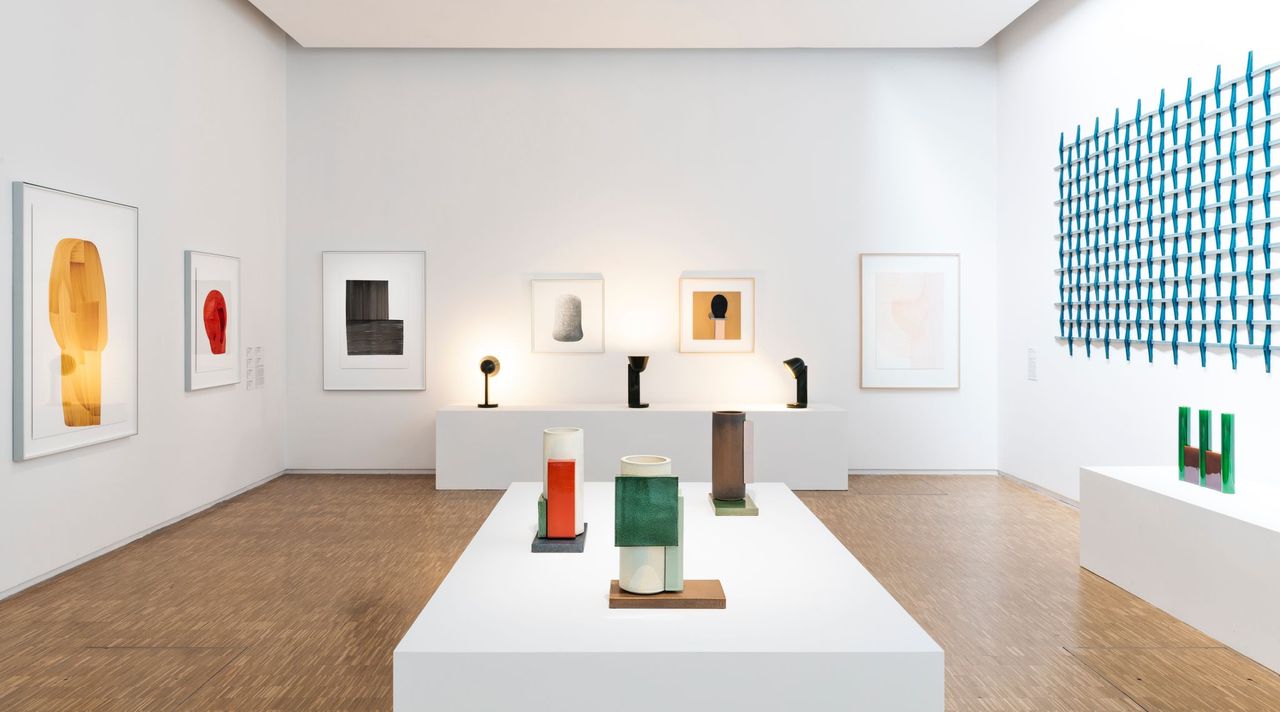
Ronan Bouroullec Résonance at Centre Pompidou
From Japanese-influenced ceramics to impromptu line drawings, from a carefully crafted new candelabra for brand Mutina to a bas relief that looks like a textile (but is not), Ronan Bouroullec’s exclusive exhibit at Paris’ Centre Pompidou provides a wonderful window into the designer’s ethos.
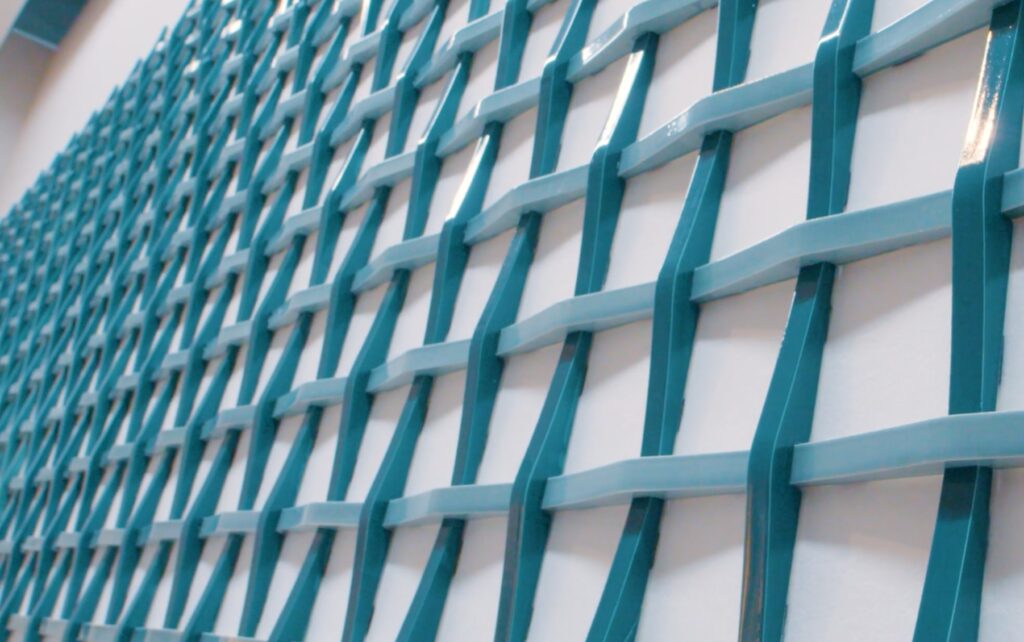
Detail of Adagio, Bouroullec’s modular wall installation made of interlocking ceramics.
Entitled Résonance, the exhibit is notable for the diversity of objects therein—and what some may characterize as an absence of implicit connection between them. But what Résonance fails to offer in immediate cohesiveness, it gives back in pleasing ambiance, in the sense that, as Bouroullec himself describes it, “The atmosphere is consistent. The objects stretch in technique, in thought, in color, and they produce an ensemble that, indeed, makes me feel at peace.”
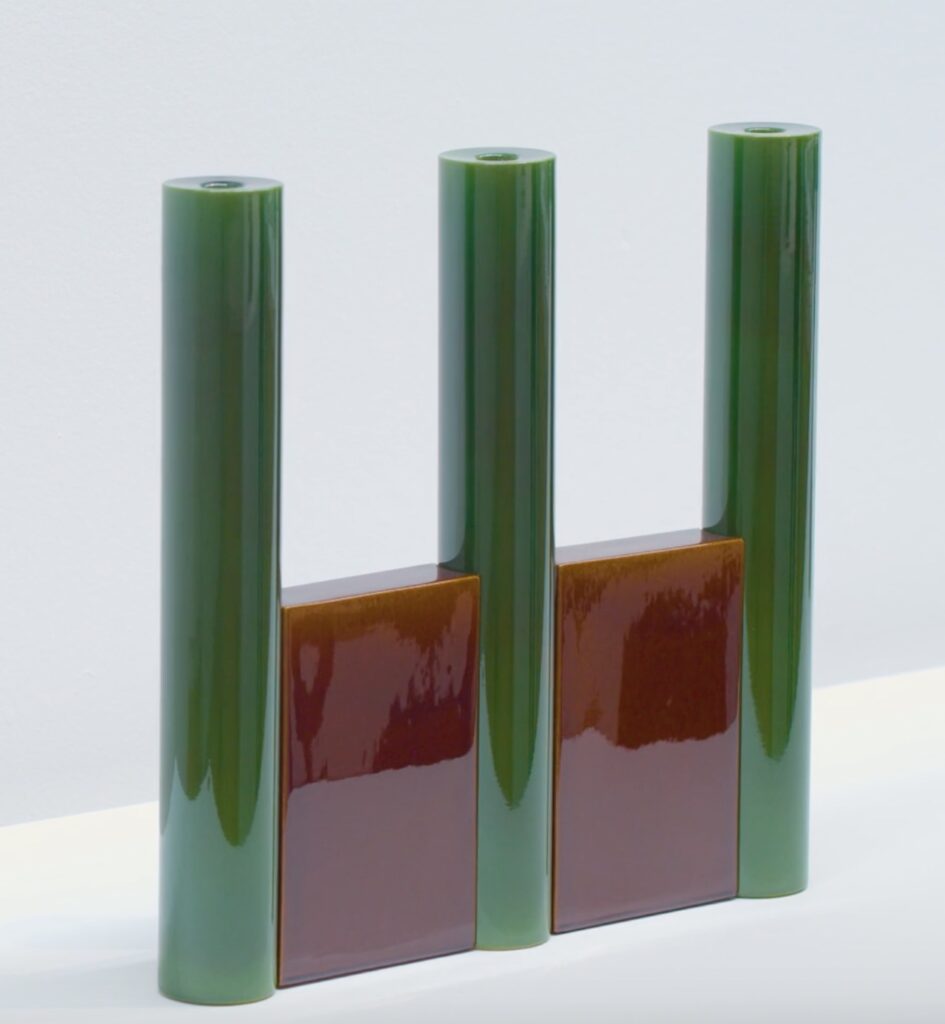
Candeliere, “a lighting support that can give rise to a large variety of combinations.”
There’s much to be said for approaching the exhibit as Bouroullec suggests, as a pacifying space that fills the promise of a vague kind of resonance, but it’s also instructive to drill down on exactly what we’ve got here, beginning with his ceramic work in Japan.
Sosei Ceramics
Translated as “assemblage,” Sosei is a collection of ceramic vessels realized in collaboration with Tajami Custom Tiles. These are daring geometric compositions characterized by the juxtaposition between cylindrical and rectangular shapes. The pieces are a testament to Bouroullec’s facility with both artisanal and industrial techniques: “I’m happy to work with old Japanese craftsman and then the day after, to confront machines that can produce ten-thousand chairs. All of these techniques and people are like a palette of possibilities.”
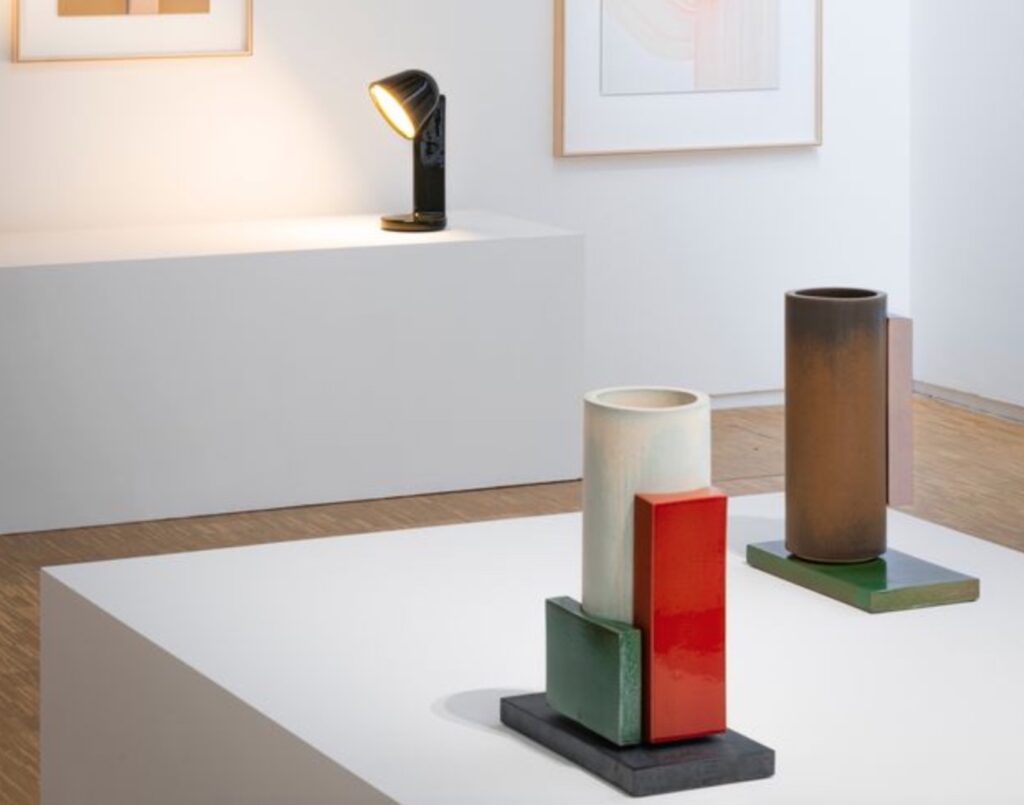
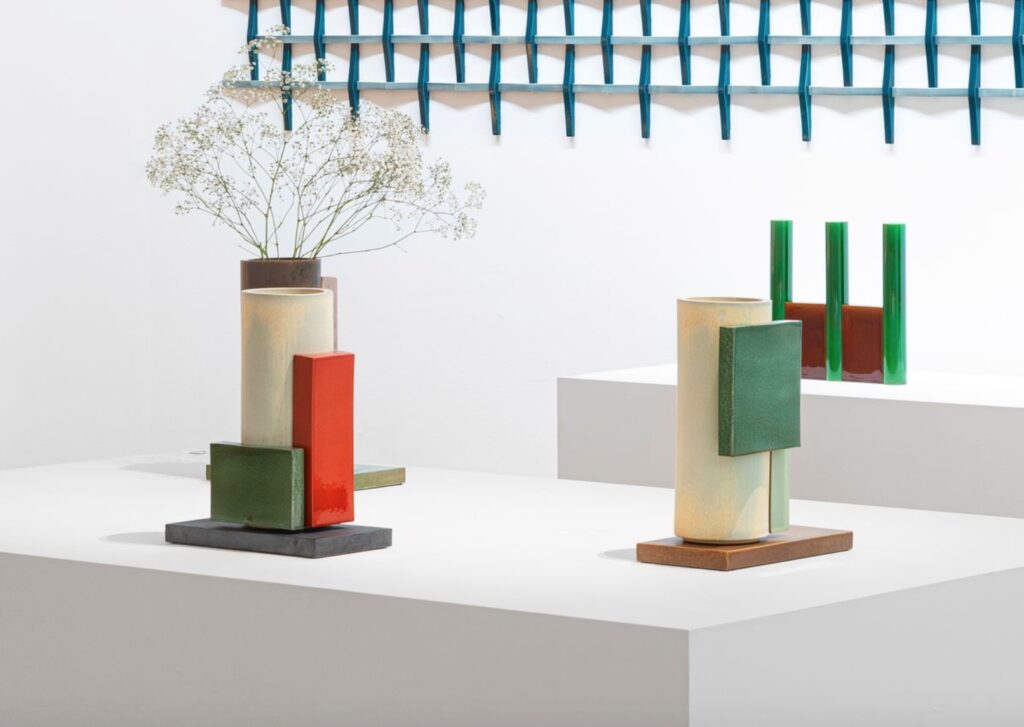
Adagio Modular Wall Covering
The emergent entity at the top of the frame above is the tail end of Bouroullec’s ambitious Adagio. Designed for brand Mutina, Adagio is named for a musical term that refers to changes in tempo. It’s an architectural modular wall system, a bas-relief that may very well be mistaken for a textile, but is in fact made of interlocking ceramics, thereby offering an enticing illusion as well as an element of spontaneity and surprise.

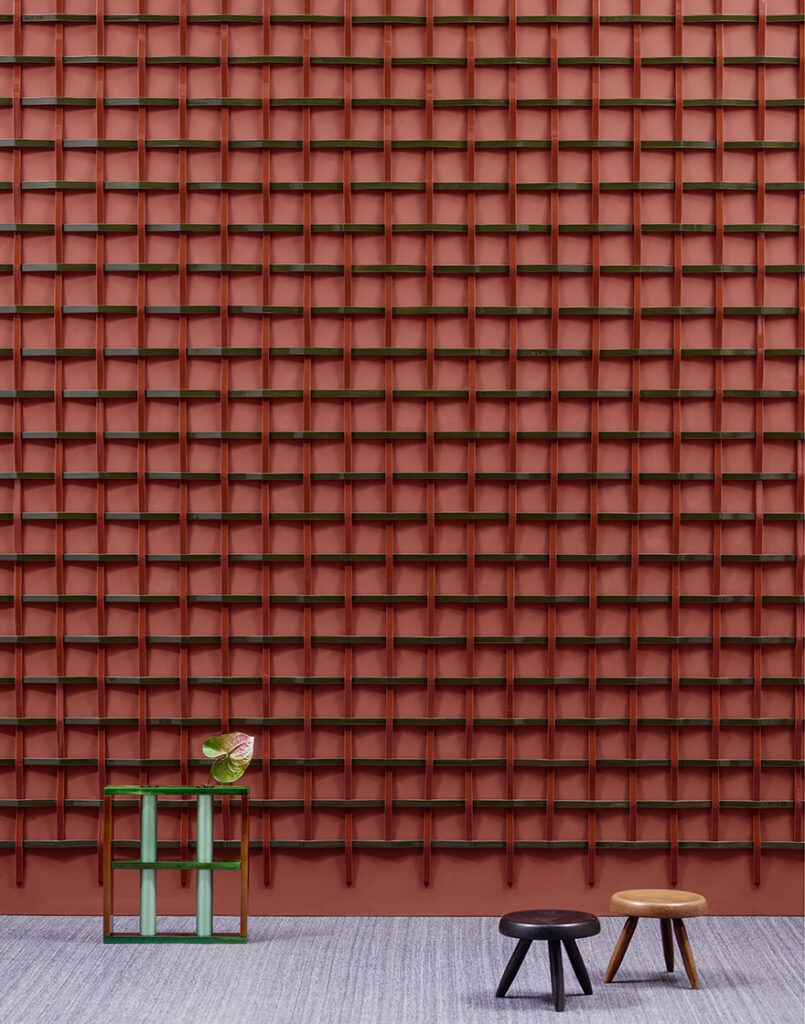
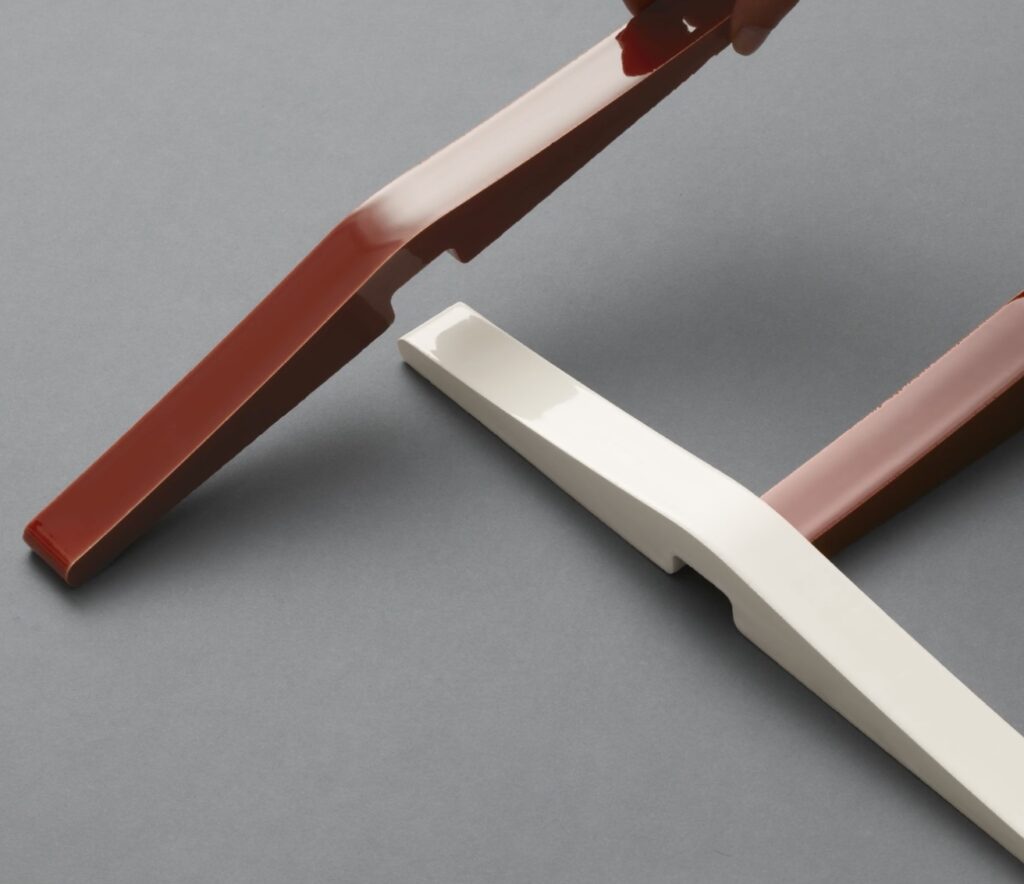
Camino, Camini, and Candeliere
Also in collaboration with Mutina, a collection of vessels/vases continues the ceramics theme. “Entirely inspired by rustic and natural imagery,” these objects meld anodized aluminum and ceramic parallelepipeds. Part of an ongoing series of customized pieces by established designers, each piece is handcrafted in Italy in a limited edition and signed and numbered. The glaze is specially formulated to achieve a crystalline iridescence—an effect highlighted via proximity to the polished aluminum. Says Bouroullec, “Camini feels like home, a familiar structure open to welcoming life and hosting as it grows.”
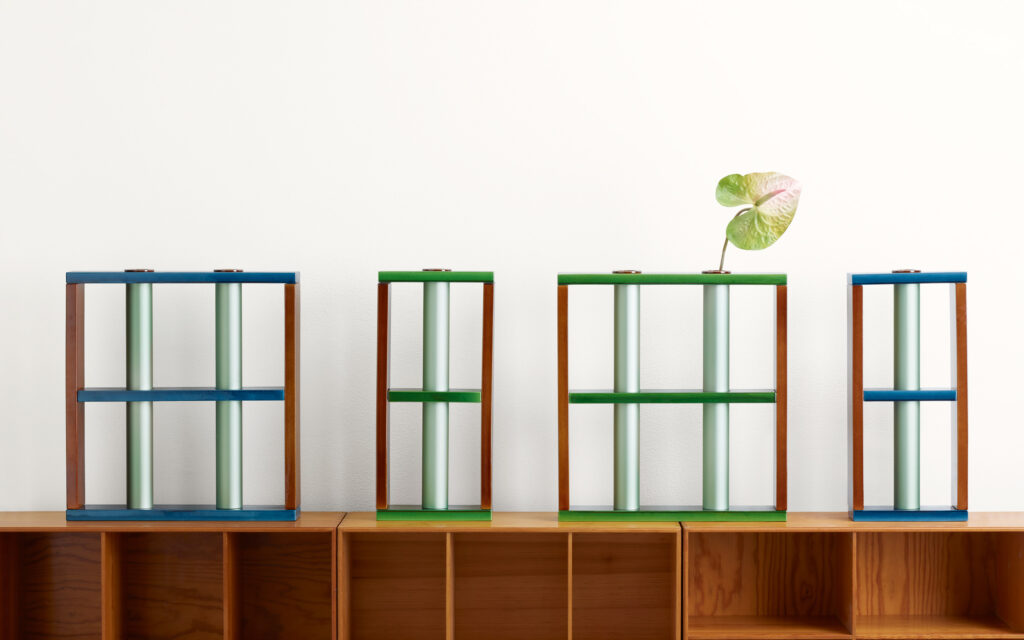
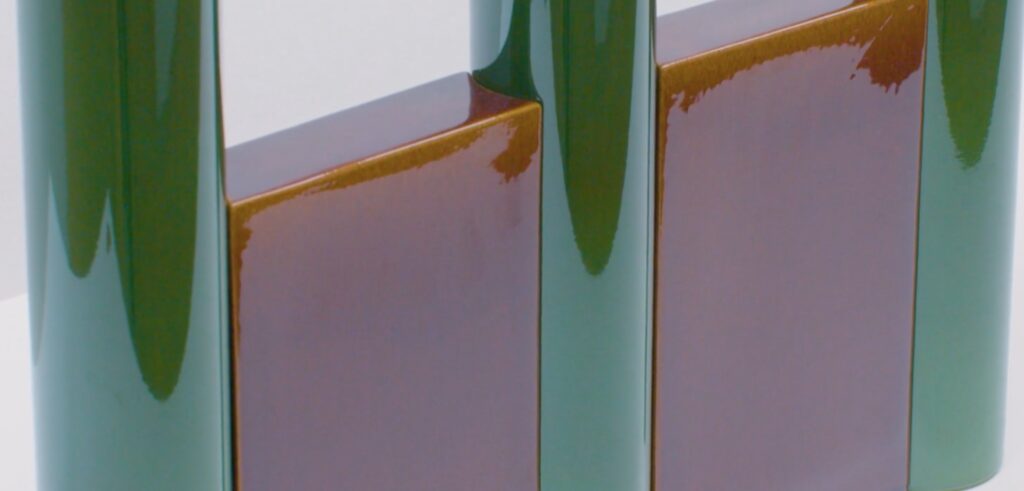
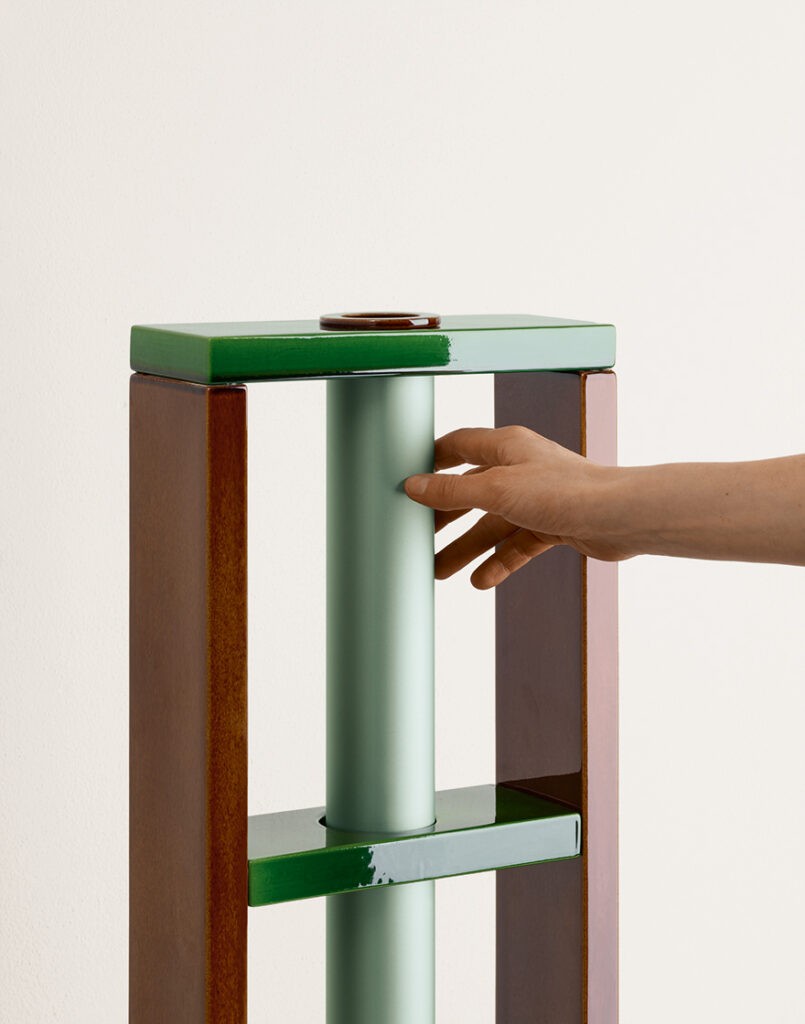
Line Drawings
The series of framed drawings leisurely placed on the surrounding walls testify to Ronan’s enduring practice, which he characterizes as spontaneous, “a very simple kind of expression… I don’t want to prepare it, think about it. I refuse any goals. It’s not that I have a picture in mind.” Indeed, drawing for Ronan is a meditative kind of activity, “a structuring and reflexive practice outside of his studio.”
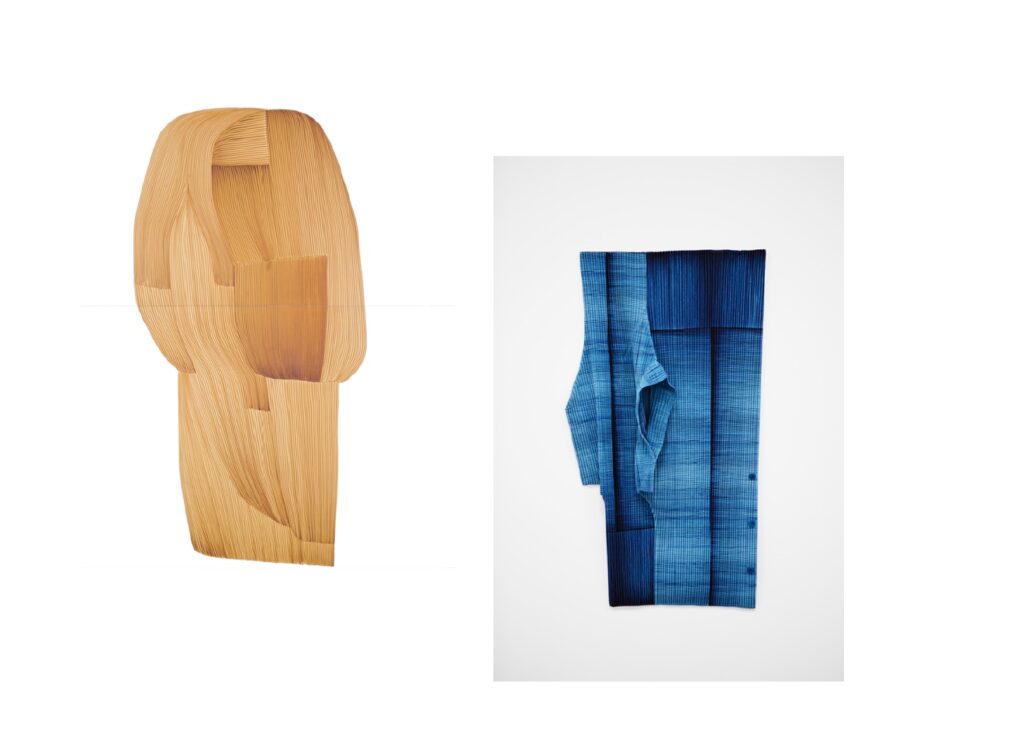
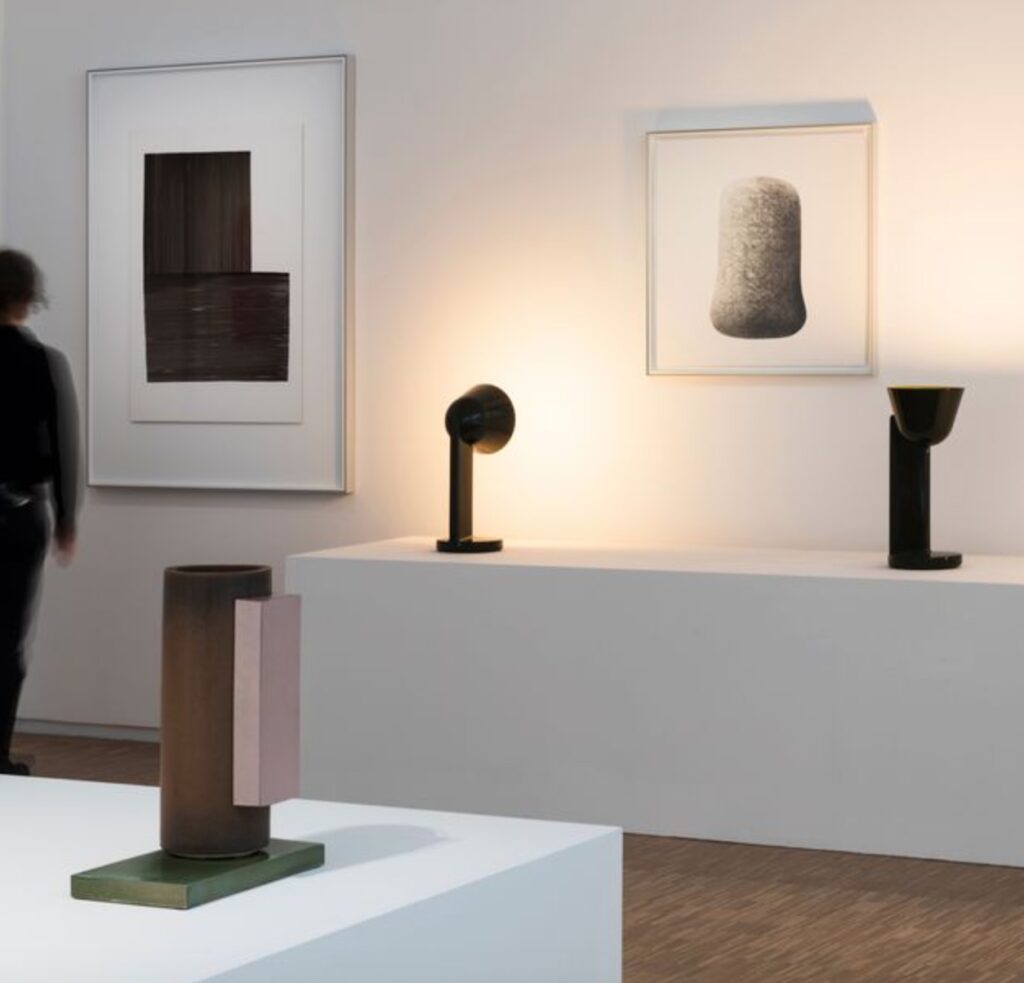
Among the 30 some works donated by Bourollec we also find artifacts from his collaboration with the recent Issey Miyake Home Plissé collection, “in which his drawings and the label’s signature pleats fused into magnificent garments,” as well as warm illumination via ceramic lamps from last year’s collaboration with Flos.
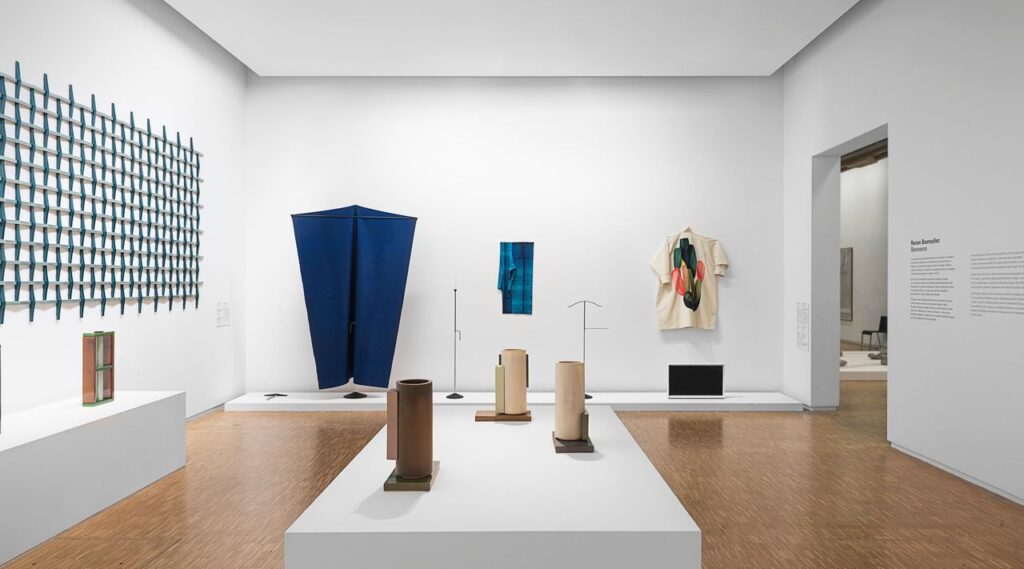
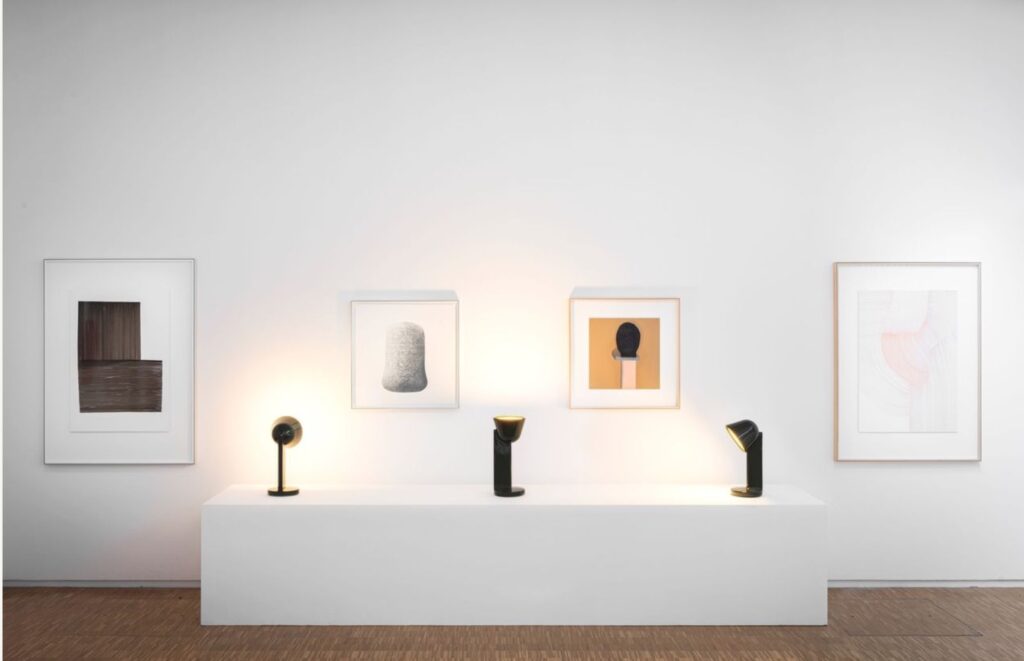
Résonance is an excellent showcase for Bouroullec’s eclectic approach and surpassing interest in a wide variety of artistic influence, “from American minimalism to the cultures of ancient or modern civilizations.” The exhibit began its run on February 28. It will extend until September 23 of this year. See the Centre Pompidou for further details.

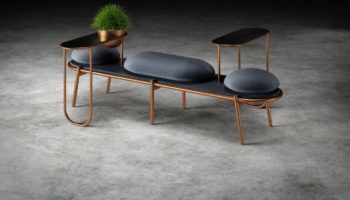
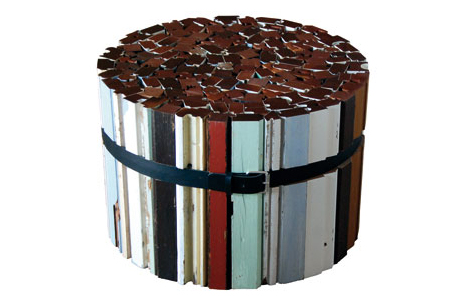

Leave a Reply